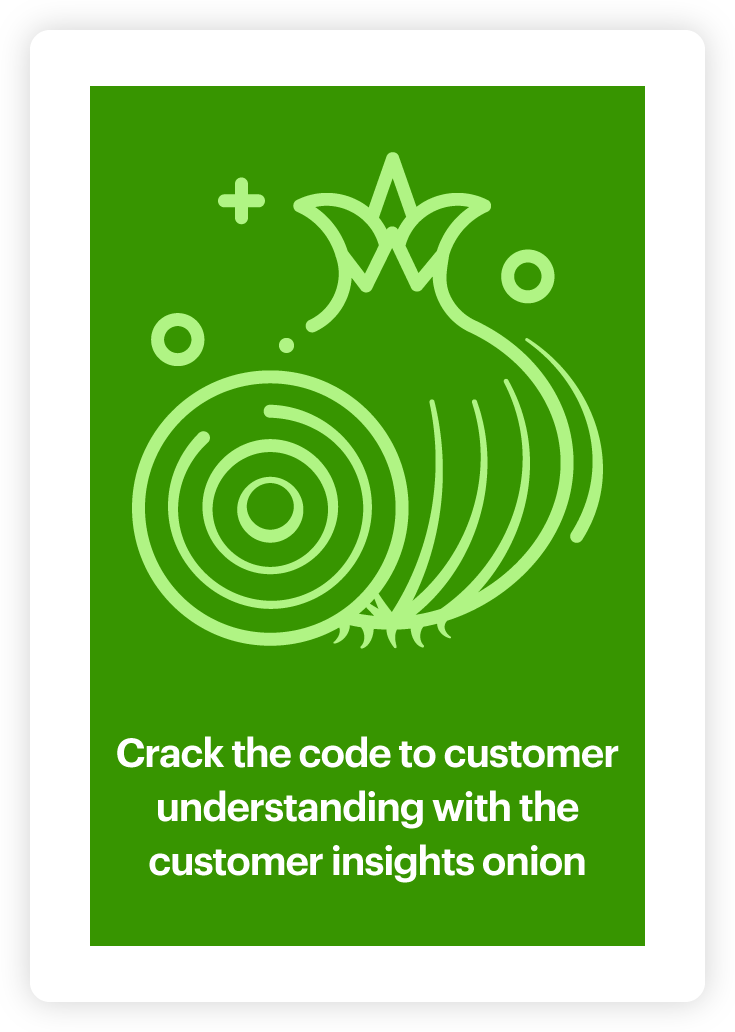Harnessing AI to build best-in-class patient insights

There are 6,120 hospitals across 402 health systems in the US, meaning care seekers are spoilt for choice. With health populations increasingly willing to switch providers, having the right patient insights analysis process in place is critical.
Improving patient experience sounds simple enough: identify what people disliked about their care, then fix it. Unfortunately, in practice it’s much more difficult than it sounds. How can you efficiently find out the key factors that drive patient experience? Do you have a methodology that compels your stakeholders to take action?
Trying to build this type of patient insights program using manual techniques is impossible. But the evolution of artificial intelligence has reached a point where, if you select the right technologies, you can pinpoint what matters most by analyzing qualitative patient feedback efficiently and effectively.
However, the overwhelming hype around all things artificial intelligence can make it hard to know where the technology fits into the patient insights landscape. That’s why Relative Insight is here to help.
I’ve written a short guide – AI Innovation in Patience Experience Insights – to demonstrate how you can apply AI to create a best-in-class insights process that drives enhancements to patient experience.
You can download the full guide using the banner below. The rest of this blog offers a quick overview of what’s included within the report.
Understand how to apply AI to patient experience
A four-step framework for success
All hospitals will have a process in place for collecting patient feedback. What happens with that feedback varies wildly for different healthcare providers.
Within healthcare, it takes a disciplined patient insights process to turn feedback into action. That’s why Relative Insight recommends the following four-step process to extract most value from your text data.
- Data collection: Gathering patients’ views on their experience and hospital journey. This should be qualitative and quantitative.
- Data analysis: Extracting valuable information from your patient feedback.
- Data visualization: Creating charts, presentations or dashboards to inform stakeholders what you have discovered — and compel them to act.
- Action: Hospital management use your insights to drive change.
This process sounds simple, but it’s hard to execute all four stages to perfection. Any team that achieves this will be delivering a best-in-class patient insights program.
While you might not master all four stages of this framework, it provides an excellent foundation for where to apply artificial intelligence. If you’re having trouble with a certain part of these steps, this is a signal that you should look to incorporate a technological solution.
Using the right AI to enhance patient insights
There may be reasons you’re not using AI that go beyond knowing where to start. With patient confidentiality and data protection vital for hospitals, you may be reluctant to use artificial intelligence due to concerns over how the technology uses your data.
I have written this report to demonstrate that not all AI is built equally. While there are well-known examples of the technology that will share data with other users, many operate as a closed system. This means your data is secure, with the software only using it the way you want it to.
Knowing which tools are secure enables you to confidently apply AI into your program without the risk of creating data protection problems. This is why the guide shares a range of information sources outlining the best AI tools to incorporate within your patient experience insights process.
Want to learn more? Read the report in full to learn how to improve patient experience by incorporating AI into every stage of your process.
